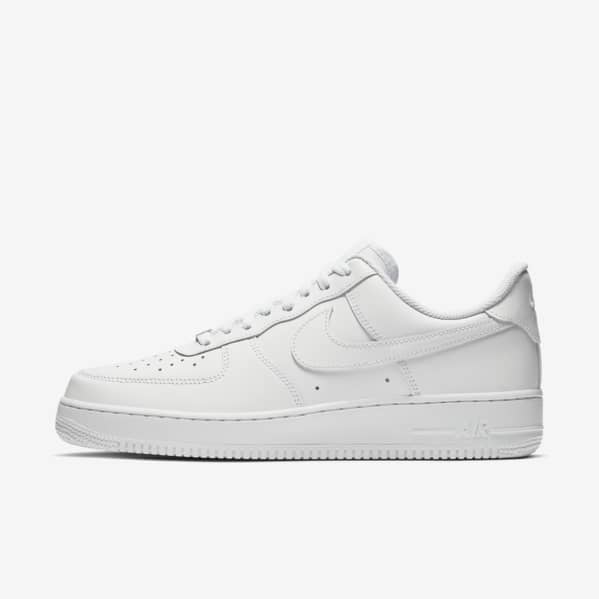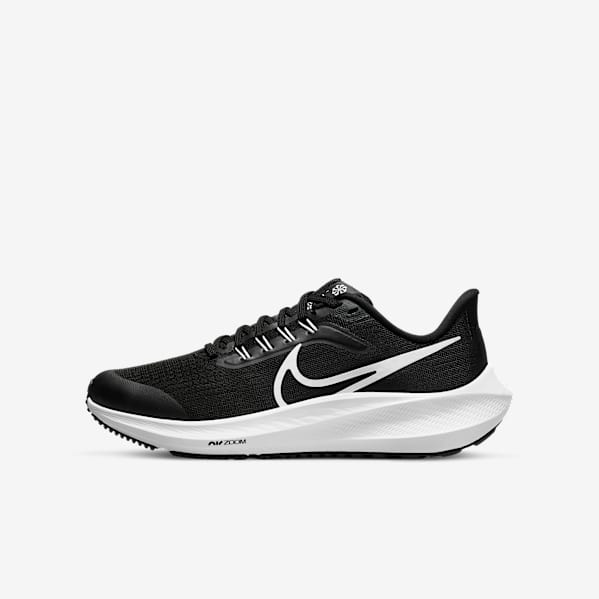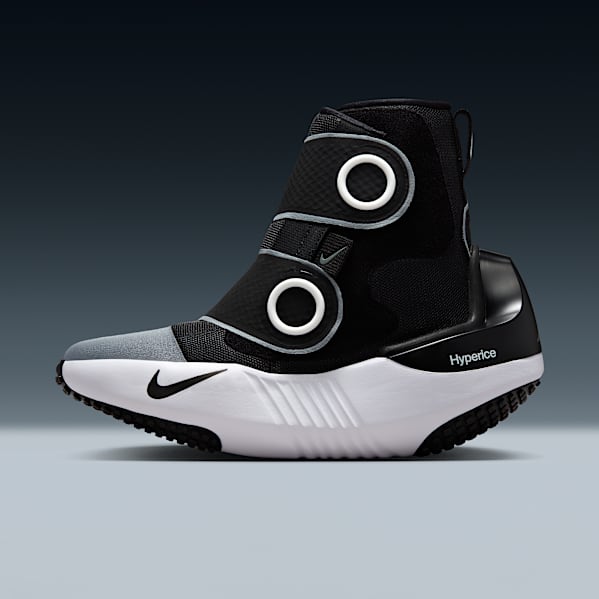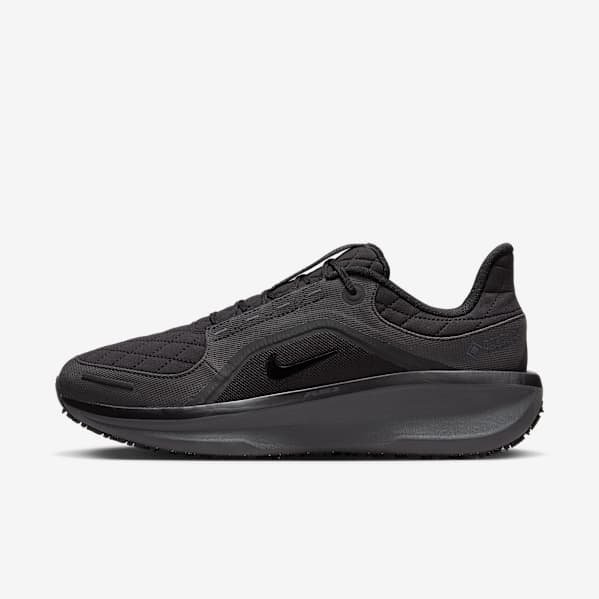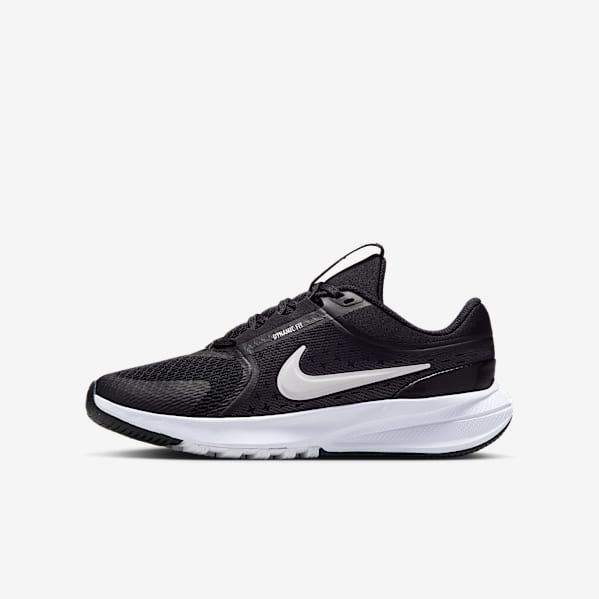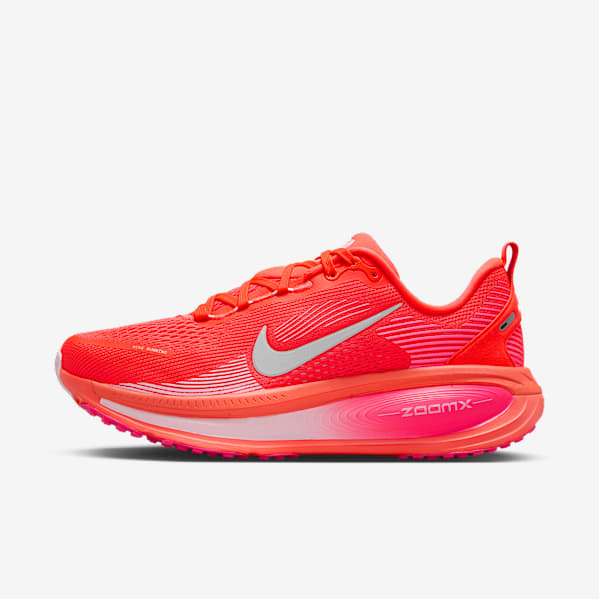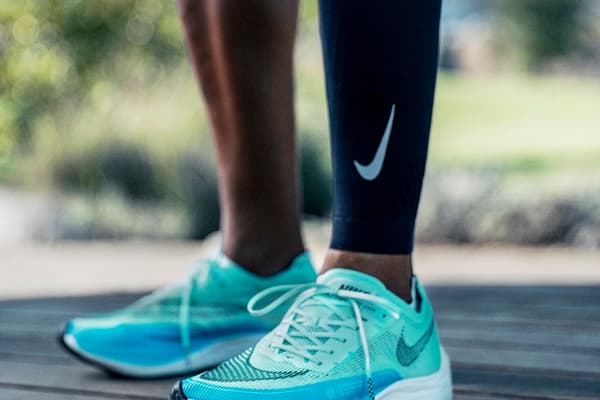Get Tips on How to Run to Lose Weight
Health & Wellness
You don't need to join a gym, buy pricey equipment or subscribe to a meal plan. Here's how running can be part of your exercise and weight-loss plan.

If your goal is weight loss, there is no shortage of recommended methods. But few weight-loss methods are as accessible as running. Running to lose weight is inexpensive, simple and can be done anywhere. There's no need to join a gym, buy pricey equipment or subscribe to a meal plan. And running provides other benefits as well, such as increased longevity, reduced risk of heart disease and improved mood.
Studies have shown running to be an effective way to lose body fat, but research also shows that weight-loss results can be variable. Some people who exercise to lose weight are highly successful, while others struggle to reach their goals. If you want to run to slim down and lose pounds, follow these easy steps to get weight-loss results.
Running for Weight Loss: The Four-Step Plan
1.Set a SMART Goal
You're more likely to be successful with weight loss if you have a step-by-step plan for success. Researchers know that SMART goals are a great way to get started. They serve as a road map and guide your journey. SMART goals are:
- Specific
- Measurable
- Attainable
- Realistic and relevant
- Time-bound
To better understand SMART goals, here's an example. You might have a general idea that you'd like to start running and lose the 10 pounds of weight you gained during the pandemic. While the goal seems reasonable, it doesn't provide any specifics.
To turn this into a SMART goal, you add details. The new goal might be: I am going to run three times per week (specific) for 30–40 minutes per session (measurable) to improve my fitness level (attainable) in the hopes of losing up to one pound of weight per week (realistic) over the next two months (time-bound).
SMART goals can always be adjusted. So don't put too much pressure on yourself to get it perfect on the first try. Write out your goal and post it in a place where you see it. It can serve as a daily reminder of your commitment to yourself.
2.Follow a Plan and Build Consistency
A structured running programme can also provide guidance to get started—especially if you are new to running. You'll want a plan that increases your activity level so that you can burn more calories to reduce body fat and lose weight. Just be sure that the plan is appropriate for your level of fitness. Taking on too much too soon can be a recipe for disaster.
For instance, if you are already a runner but have never entered a race, you might set a goal to run a 5K. You'll challenge yourself with speed workouts that blast calories and turbo-charge your metabolism. Longer runs help you to increase your endurance and burn fat, while recovery runs give your body a rest to recharge and reduce your risk of injury.
If you are new to running, if you are overweight or if you have a pre-existing medical condition or injury, be sure to check with your healthcare provider to make sure that running is right for you in your weight-loss journey. Then you may want to start with walk/run intervals and gradually build up to a slow, steady jog. Don't worry about pace or distance or going faster. Focus on building consistency.
3.Step Three: Examine Your Eating Habits
You'll burn more calories when you first start running for weight loss, but if you also increase your calorie intake, you're not likely to see any results. Researchers call this phenomenon "weight compensation".
Studies have shown hunger increases when you start a new exercise programme or increase the amount of exercise in your routine. You might also crave sweets more often and eat more as a result. Experts have found that some exercisers overcompensate for workouts with extra calories.
But the solution is not to follow a restrictive eating plan and count every calorie. You need good nutrition to fuel your running plan. Instead, exercise physiologists suggest that combining running with a balanced diet is the best plan to lose weight.
Instead of hyper focusing on calories, build healthy meals around carbohydrates (whole grains, leafy green vegetables, whole fruits) for energy, lean protein (eggs, poultry, tofu) to build muscle, and healthy fats for optimal vitamin absorption. Also, drink plenty of fluids before, during and after workouts. You might also want to carry a few nutritious snacks to consume before or after your runs.
If you're not sure that you are getting the nutrients you need (or you simply find yourself lacking energy throughout the day), seek the advice of a registered sports dietitian. Just a single session can provide you with personalised guidance for calorie intake, weight loss and wellness.
4.Build Strength and Balance
Current guidelines provided by the American College of Sports Medicine suggest that Americans should get 150 minutes of moderate physical activity per week for heart health. But for weight loss, they suggest at least 250 minutes per week. That's 35 minutes per day, every day, or almost an hour per day if you exercise four or five days per week. If you're running to lose weight, all of this time should not be spent pounding the pavement.
A good running plan for weight loss includes more than just running workouts. A comprehensive programme should include cross-training workouts to boost muscle strength, flexibility and balance. Your non-running workouts will help to improve lean body mass (for a healthier metabolism) and reduce your risk for burnout and injury.
Not sure what kind of workouts to do? There are plenty of online resources and apps, such as Nike Training Club, that guide you through exercises that help you to build strong, flexible muscles and body. There are even tips for nutrition, recovery and sleep to support your programme.
Mistakes to Avoid When Running to Lose Weight
With a well-designed running plan and a balanced diet for weight loss, you're likely to see success when you're trying to slim down. Try to keep an eye out for these common pitfalls during your weight-loss journey.
Increasing Workout Time, While Decreasing Total Activity
Your new running programme will help you to increase the number of minutes per week that you exercise. But be sure that your total activity time doesn't plummet as a result. Non-exercise activity thermogenesis (NEAT) is responsible for up to 60 percent of your total caloric expenditure throughout the day.
Calories burnt during activities such as walking to the supermarket, taking the stairs instead of the lift, or taking standing or walking breaks during your workday can really add up and make a big difference when your goal is weight loss. Use an activity monitor or fitness tracker to make sure you stay active throughout the day even when your exercise minutes increase.
Increasing Speed or Distance Too Quickly
People are often highly motivated during their first few weeks of training. As a result, you might push your limits and try to run faster or further than your training plan suggests. While you might burn more calories in the short term, you might injure yourself or overtrain and postpone success in the long term. And you don't want to burn out.
A good rule of thumb is to increase your total distance or time by no more than 10 percent each week. So, if your total mileage on week one is 10 miles, you should run no more than 11 miles on the following week. If your long run is five miles on week two, try not to run more than about six miles on your long run during week three.
Underestimating Social Support
Weight loss might feel like a personal journey, and in some ways it is. But if you can find a like-minded group, they can support you along the way and lift you up when you need a lifeline. Seek out others online or through a local running group. Use the Nike Run Club App to track your workouts, challenge friends and get motivated. You might also find that helping to motivate others inspires you to do your best and not burn out.
Frequently Asked Questions
How Long Will it Take to See Weight Loss from Running?
Weight-loss results are highly variable. In general, a weight-loss goal of a half to one pound per week from combined exercise and diet is considered reasonable over the long term. But keep in mind that the number of pounds on the scales doesn't tell the whole story. When you exercise to lose weight, you're likely to build muscle as you lose fat. Muscle is denser than fat so you may notice no change on the scales even if your body is getting leaner and more fit. Be sure to give yourself credit for improvements in all areas, not just a lower body weight number. In the long term, improving your fitness level, your running performance and your health is likely to improve your overall sense of wellness more than a change in the number of pounds you weigh on the scales.
Is Running Better Than Walking for Weight Loss?
The best exercise for weight loss is the exercise that you do consistently. For some, that may be walking. However, running burns more calories in a shorter period of time. For that reason, several studies have found running to be more effective than walking when it comes to weight loss.
Should I Set a Running Goal Based on Distance or Time?
Some studies have found that distance-based goals are more effective than time-based goals when trying to lose weight. But researchers also acknowledge that there is little evidence to support a strong recommendation either way. The best goal for you may depend on your lifestyle. If your schedule only allows for a certain amount of time on a given day, then set a goal for time rather than distance. If you feel energised by the idea of reaching distance milestones, then set a mileage goal.
If I Start Running When Overweight, Are There Certain Shoes I Should Wear to Reduce My Risk of Injury?
Getting the right pair of shoes is essential when you start a running programme. A heavier runner may prefer a running shoe with more cushioning. Look for durable foam in the midsole to support all three phases of your running stride. You might also want to look for support and stability features if you have flat feet or if you overpronate.
